Understanding the Home Building Process
A Comprehensive Guide to building your dream home

Welcome to DC Builders
of Cape Cod located in the town of Falmouth The trusted name in home construction, remodeling, and personalized home designs. Our impressive track record spanning three and a half decadesof constructing homes in Cape Cod serves as a testament to our steadfast dedication to craftsmanship and excellence. DC Builders provides comprehensive residential construction services to meet all vour needs. Whether you require additions, renovations, framing, finishing, roofing, deck construction, or kitchen and bathroom remodeling, we're here to see your vision become a reality.
Understanding the Home Building Process: A Step-by-Step Guide
When it comes to building your dream home, understanding the step-by-step process is crucial. From initial design concepts to the moment you receive the keys to your new abode, this comprehensive guide will take you through the journey of home construction. Whether you're a first-time homebuilder or looking to refresh your knowledge, this guide will provide valuable insights into the home building process.
Preparing for the Home Building Process
The journey begins with careful planning for your home construction. In this phase, you'll need to consider your budget, location, and the type of home you want to build. It's also the time to secure financing and engage with professionals like architects and builders. The home building planning process can be intricate, often times it is recommended to consulate with a professional home builder who can guide you through this process.
Design and Blueprint
The next step involves working with an architect to design your dream home. The home design process will begin by discussing layouts, room sizes, and materials for your new home. It’s during this time you’ll develop the house blue prints which will be passed on to the general contractor.
Securing Permits and Approvals
Before construction can begin, you'll need to obtain the necessary permits and approvals from local authorities. Home building permits are usually obtained by the local contractor you’ve hired to secure construction approvals. This step ensures that your project complies with building codes and regulations. Local contractors with experience in your area have knowledge and connections so secure permits as well as give input in regards to your projects’ aspirations.
Groundbreaking and Foundation
The physical work begins with excavation, foundation pouring, and creating the structural base for your home. If there is an existing structure on the land, home excavation will need to happen in order to clear the way for your new home.
Framing and Construction
This phase involves framing the structure, which includes walls, roof, and the overall skeleton of your home. During this process selecting materials, windows, sliders, and any other structural edits also occur. keep in mind there can be delays and issues during this home building process, which is why the home framing should be performed by professionals with experience.
Electrical, Plumbing, and HVAC
Once the structure is in place, the focus shifts to installing electrical, plumbing, and heating, ventilation, and air conditioning (HVAC) systems. Home electrical installation should be performed by experienced professional under the supervision of the general contractor.
Insulation and Interior
This step involves adding insulation, drywall, and interior finishes. Keywords like "home insulation installation" and "interior finishes" can be strategically placed in this section. For more insight into insulation and exterior siding please check out our previous blogs at DCBuilderscapecod.com
Final Inspections and Quality Control
Before handing over your new home, thorough inspections are conducted to ensure everything meets quality standards. Final home inspections and quality control in construction occur toward the end of the construction process, just before the homeowner takes possession of the new home. The primary goal is to identify and rectify any issues, defects, or deviations from the plans and specifications.
Receiving the Keys to Your New Home
The moment you've been waiting for arrives when you receive the keys to your newly built home. Hopefully during the home construction process there weren’t too many delays or inspection issues and you’ve received your keys to your new home. Security systems are also recommended to have installed.
Building a home is a complex and rewarding process. Understanding each step in detail is essential to ensure a smooth and successful construction project. If you have any questions or need assistance with any stage of your home building journey, don't hesitate to reach out to us. Your dream home is closer than you think, Call now for a consultation!
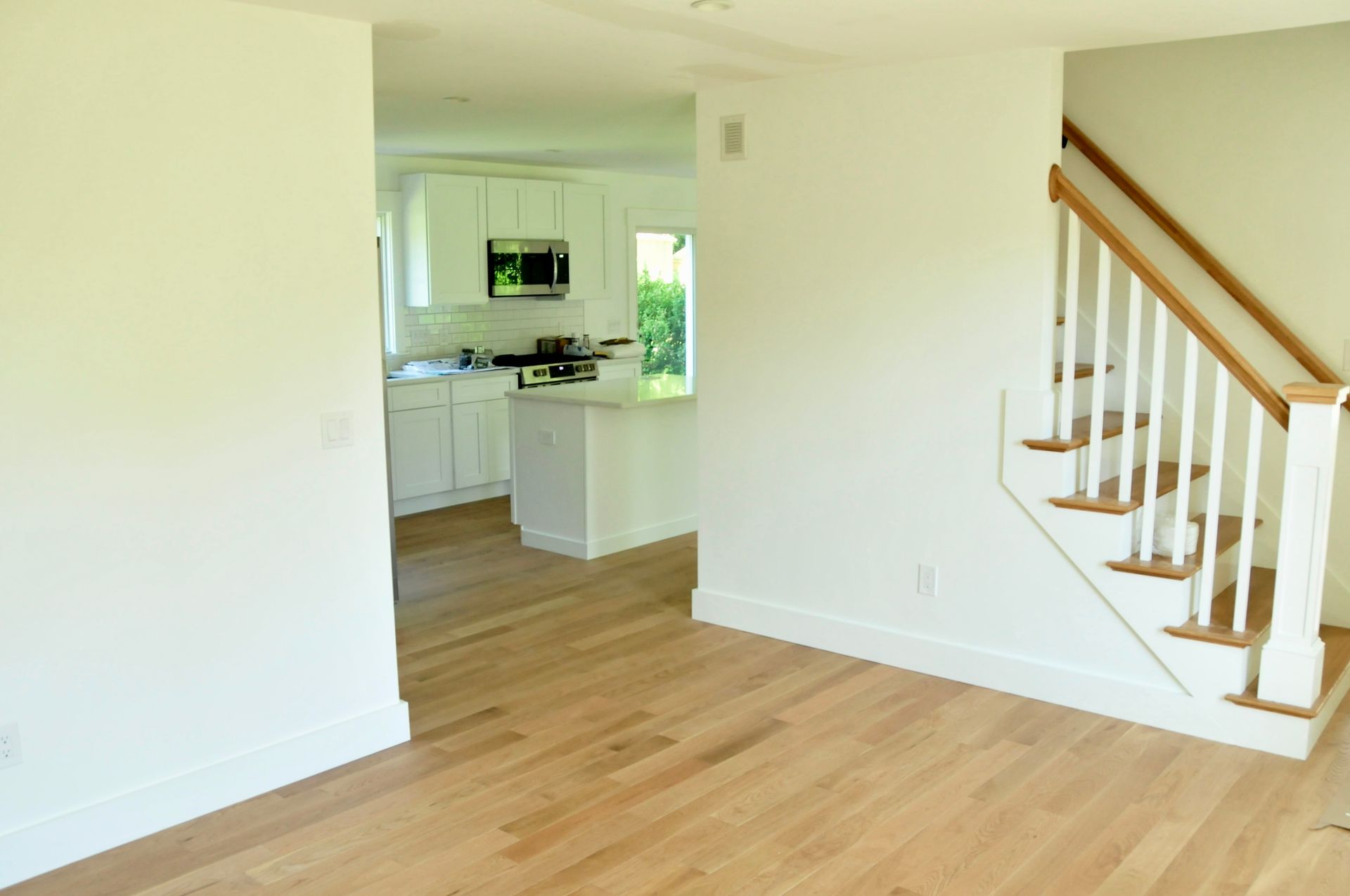

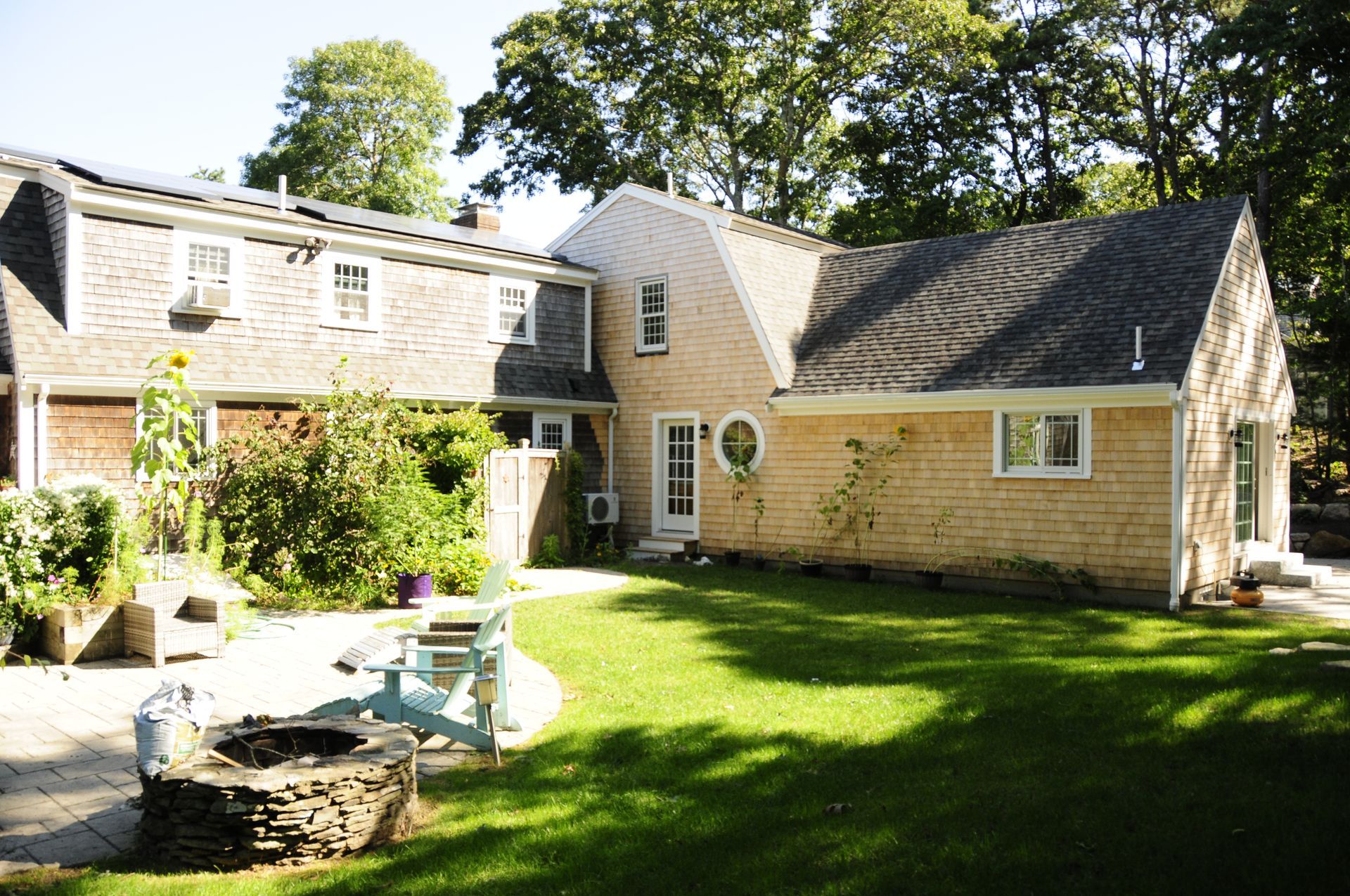

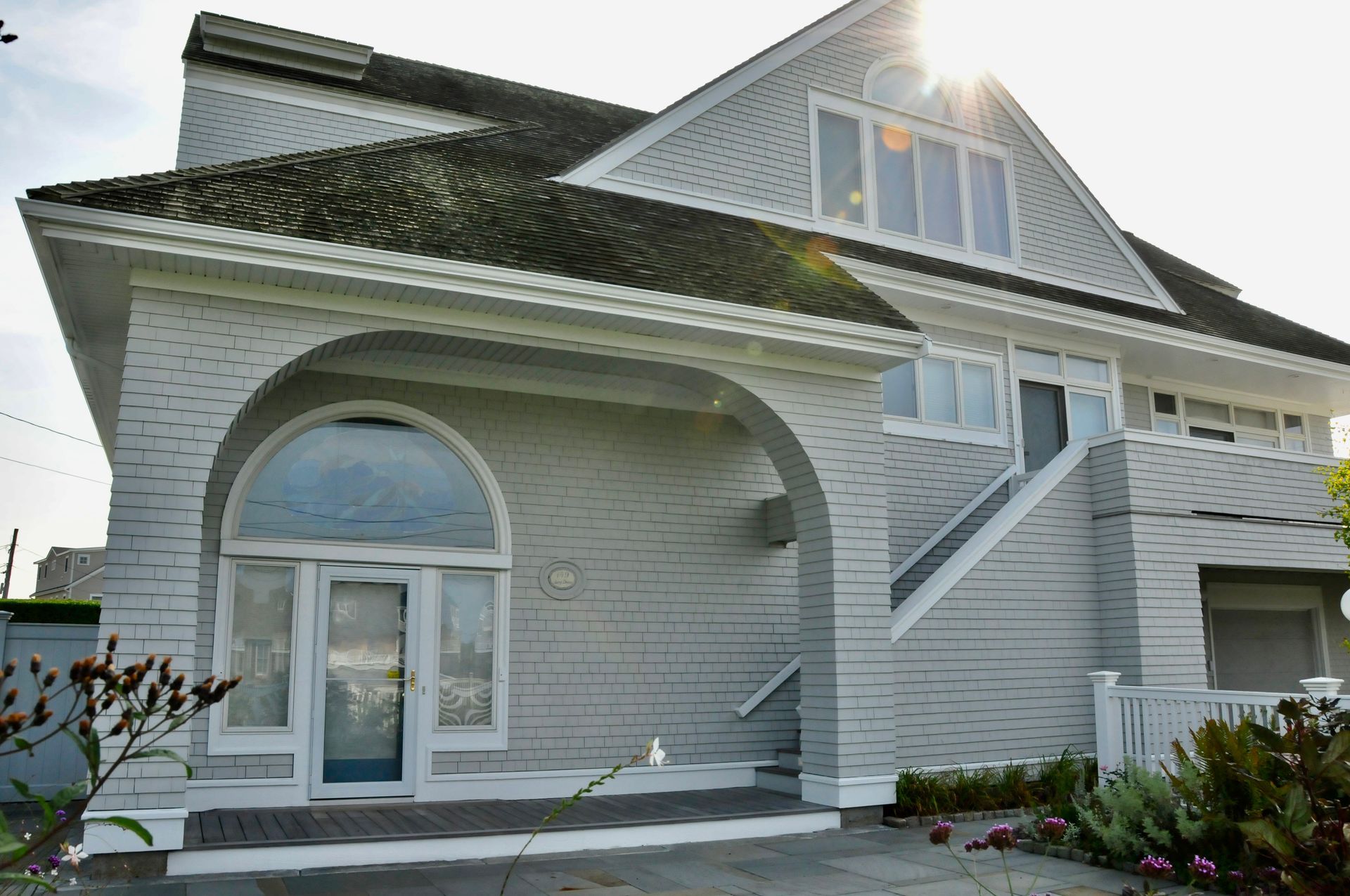
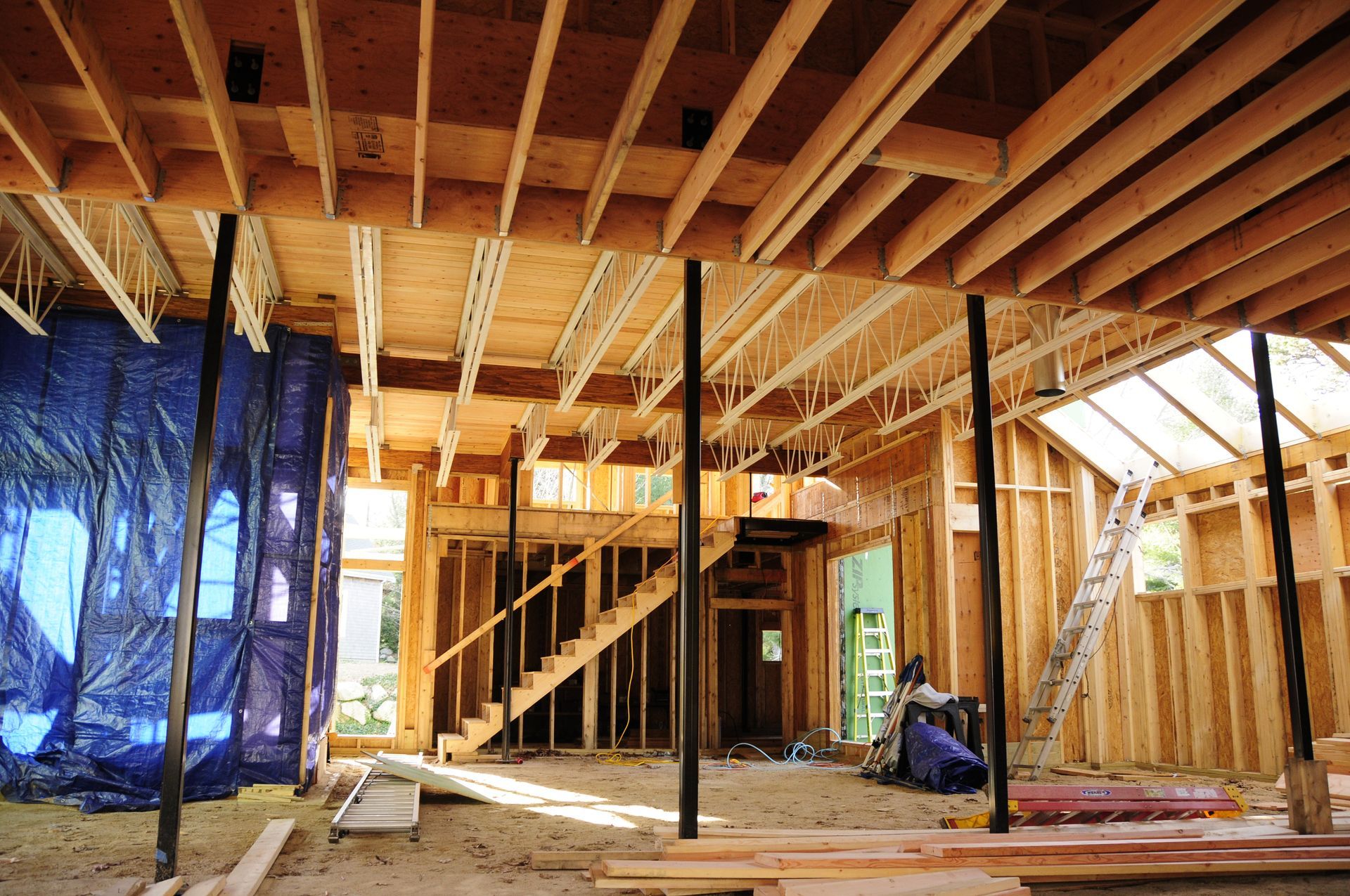
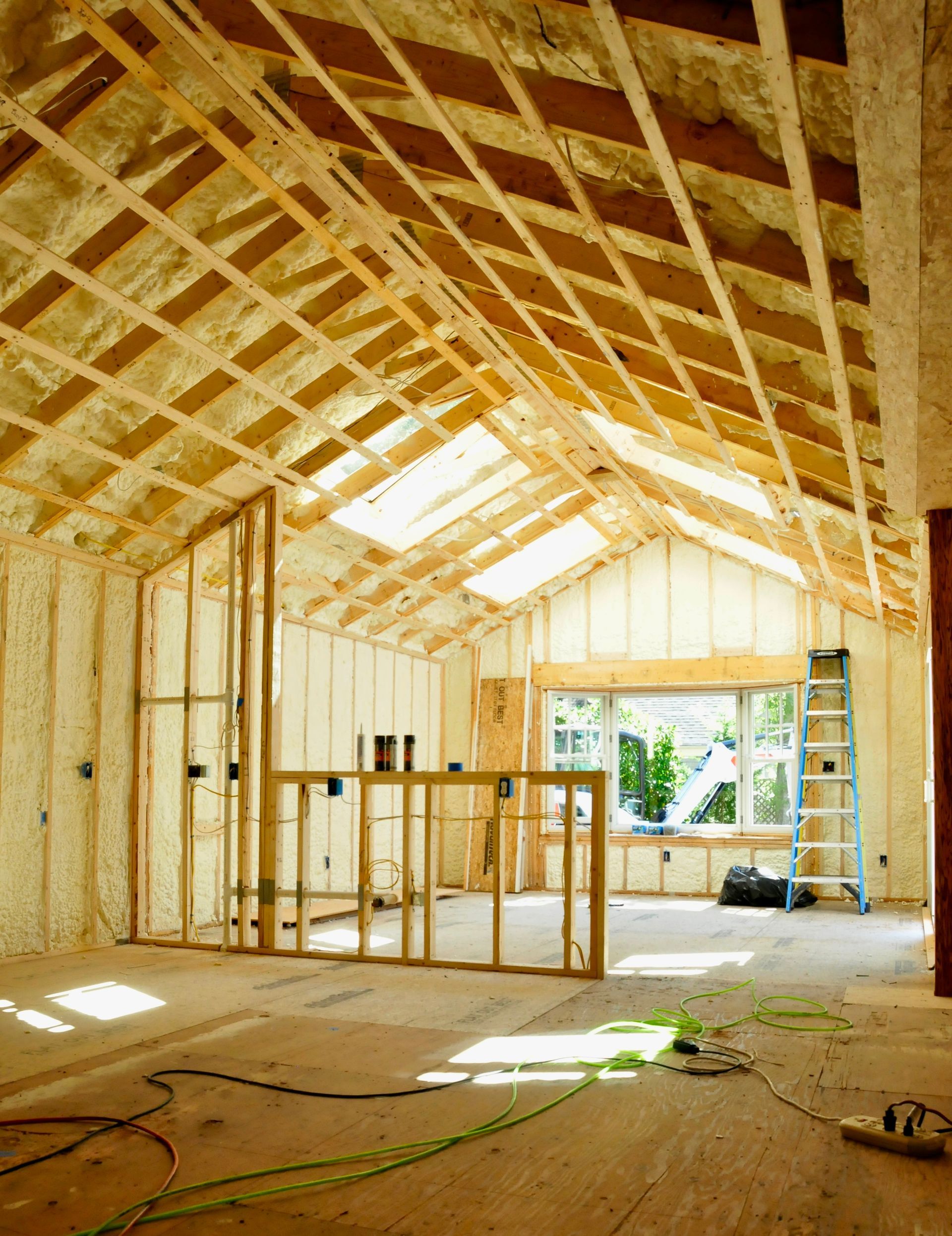
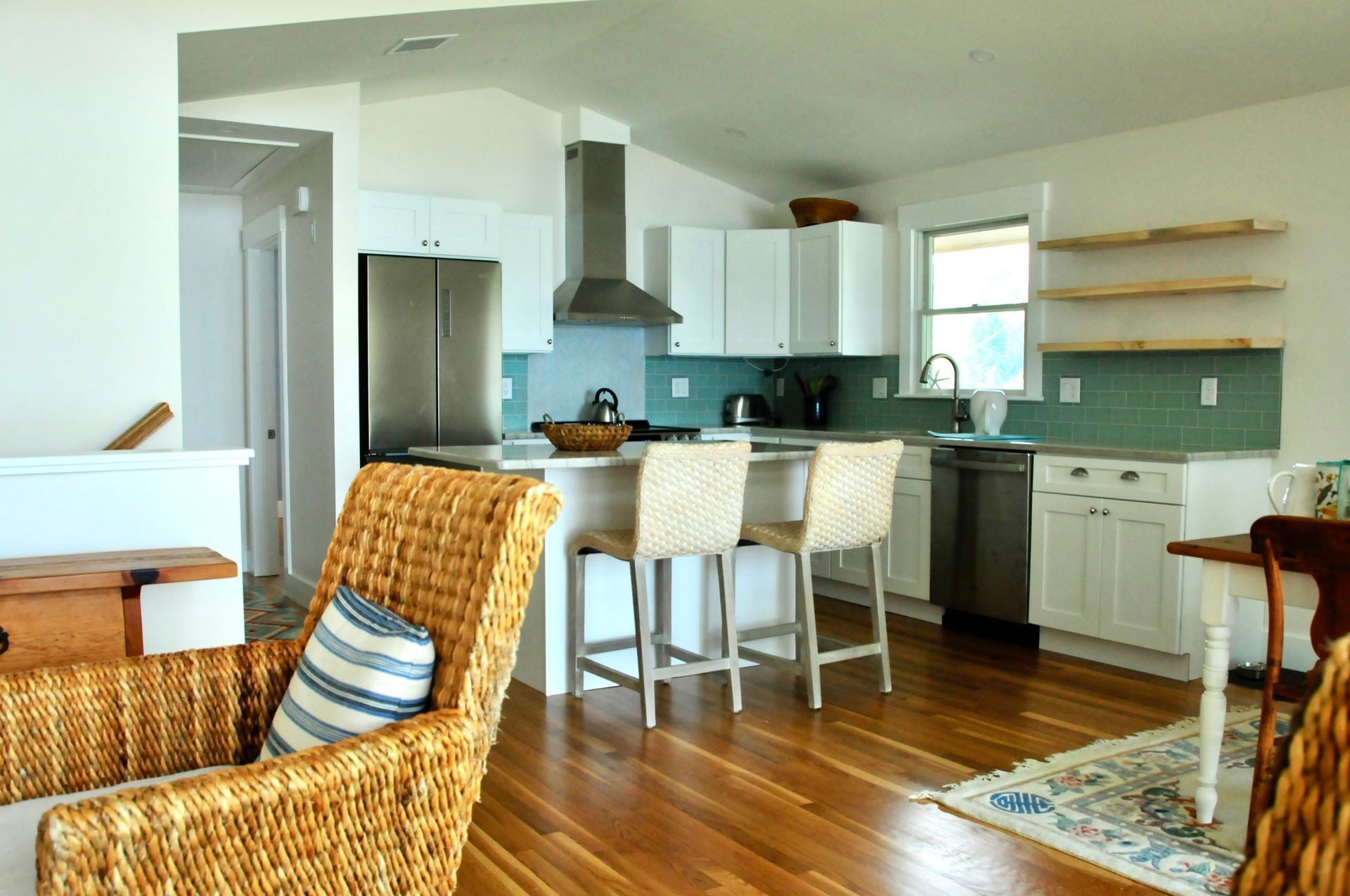
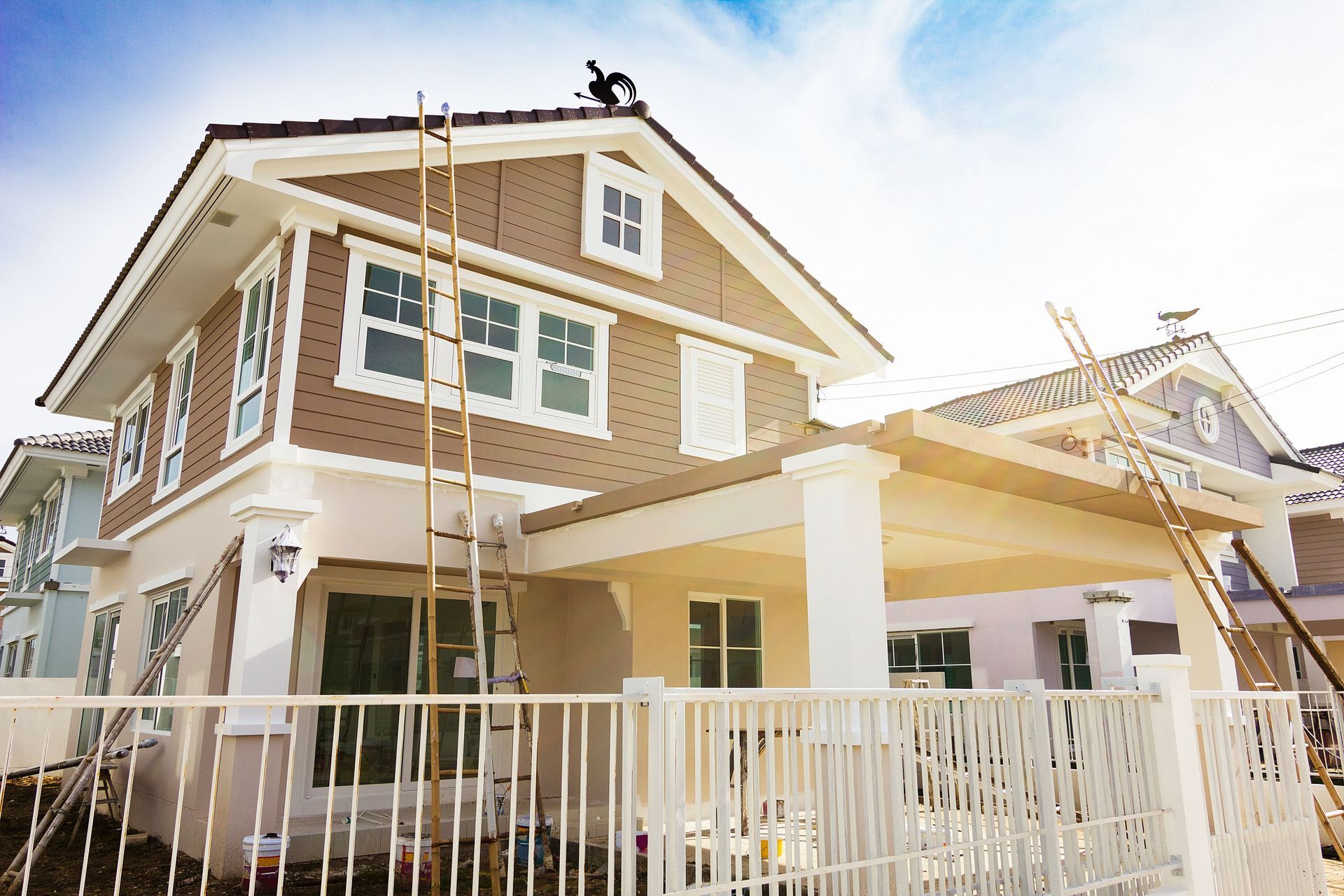
Share On: